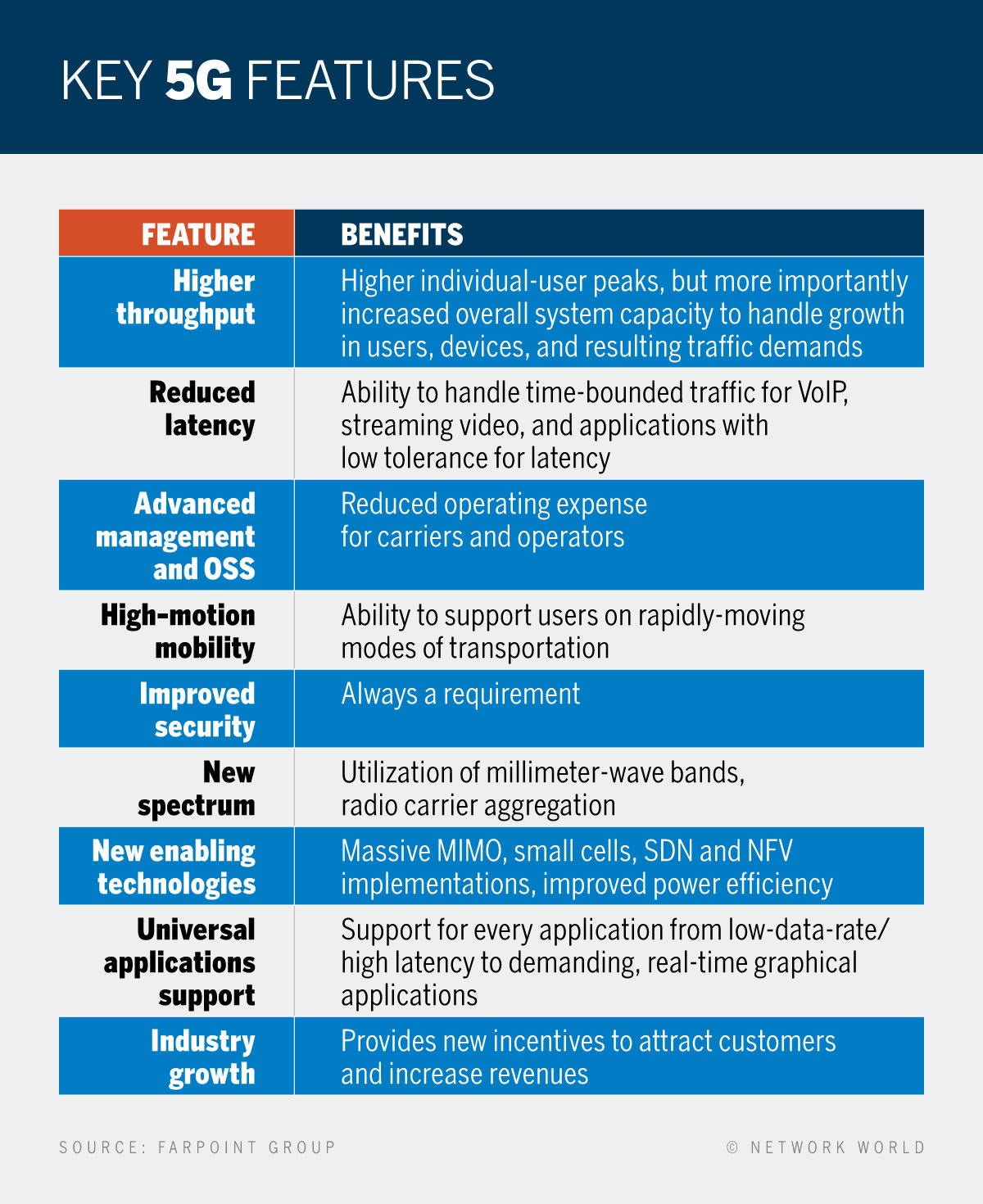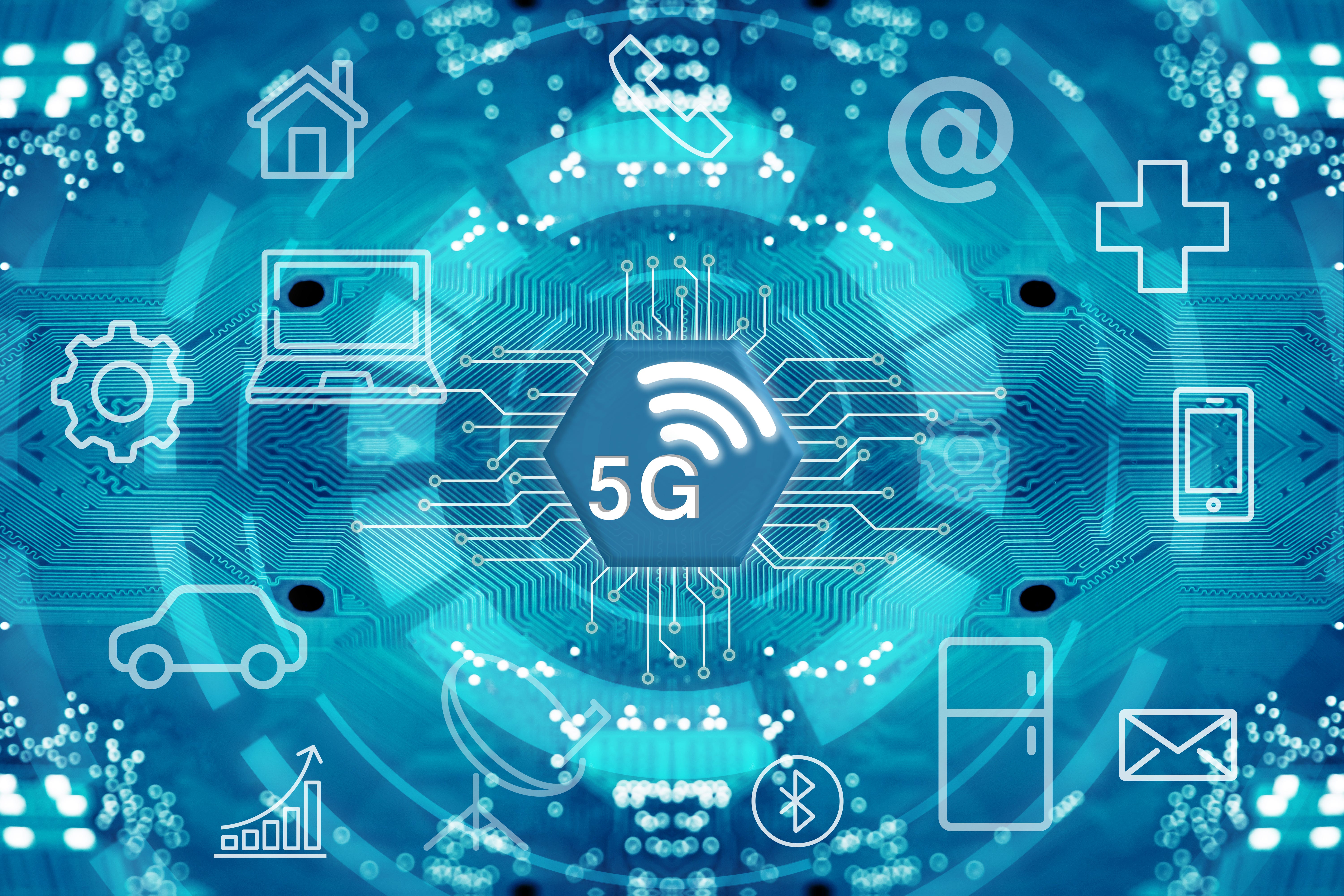
The 5G NR specification also specifies how edge devices and network infrastructure can use radio waves in bands between 24 GHz and 52 GHz to transmit data.

One of 5G NR’s other major advancements is that it does not just use waves in the sub-6 spectrum to transmit data. You can learn more about DSS, and how it speeds the rollout of 5G NR while also extending the life of IoT devices, here. This allows 5G NR networks to be rolled out without shutting down LTE or other networks that support existing LTE smart phones or IoT devices. This DSS technology allows 5G NR signals to use the same band of spectrum as LTE and other cellular technologies, like LTE-M and NB-IoT. One of 5G NR’s many advantages is that it’s solved this problem, using a technology called Dynamic Spectrum Sharing (DSS). In the past, using different cellular radio access technologies like this over the same spectrum would lead to unmanageable interference problems, with the different technologies radio waves interfering with each other. This sub-6 spectrum is used by other cellular radio access technologies, like LTE, as well. These waves occupy what is called sub-6 spectrum (since their frequencies are all under 6 GHz). Some of the waves that 5G NR uses have frequencies of between 400 MHz and 6 GHz.

Depending on the frequency of the electromagnetic waves (how long the wave is), it occupies a different part of the wireless spectrum. Like all radio access communications technology specifications, the 5G NR specification describes how edge devices and network infrastructure transmit data to each other using electromagnetic radio waves. But it is not the only technological advancement to be introduced by 5G. Is 5G NR one of 5G’s most important new technological advancements? Yes. In fact, networks using the 5GCN core network will be able to work with previous types of radio access technologies – like LTE. However, 5GCN is not a radio access technology like 5G NR, but rather a core network technology. The 5GCN will improve 5G networks’ operational capacity, efficiency, and performance. However, while 5G NR is a very important part of the new 5G standard, it does not encompass everything related to 5G.įor example, 5G includes a new core network architecture standard (appropriately named 5G Core Network or 5GCN) that specifies the architecture of the network that collects, processes, and routes data from edge devices and then sends this data to the cloud, other edge devices, or elsewhere. After all, it describes how 5G solutions will use radio waves to wirelessly transmit data faster and with less latency than previous radio access technology specifications. To put it another way, 5G NR describes how 5G NR edge devices and 5G NR network infrastructure use radio waves to talk to each other.ĥG NR is a very important part of 5G.

Set by the 3rd Generation Partnership Project (3GPP) telecommunications standards group, the 5G NR specification defines how 5G NR edge devices (smart phones, embedded modules, routers, and gateways) and 5G NR network infrastructure (base stations, small cells, and other Radio Access Network equipment) wirelessly transmit data. What is the NR in 5G NR?Īs its name implies, 5G New Radio or 5G NR is the new radio access technology specification found in the 5G standard. We can’t promise to make you a 5G NR expert with this blog – but we can say that if you are confused about 5G NR before reading it, you will come away afterward with a better understanding of what 5G NR is, how it works, and how it might transform your industry.

In this blog, we will provide you with an overview on 5G NR, offering you answers to these and other basic 5G NR questions – with a particular focus on what these answers mean for those in the IoT industry. However, all the jargon, hype, and sometimes contradictory statements made by solution providers, the media, and analysts regarding 5G and 5G NR can make it difficult to understand what 5G NR actually is, how it works, what its advantages are, to what extent it is different than other cellular radio access technologies, and perhaps most importantly, how your organization can use this new radio access technology. In addition, if you are at all involved in Internet of Things (IoT) or other initiatives at your organization that use cellular networking technologies, you have also likely heard about 5G New Radio, otherwise known as 5G NR, the new 5G radio access technology specification. Unless you have been living under a rock, you have been seeing and hearing a lot about 5G these days.


 0 kommentar(er)
0 kommentar(er)
